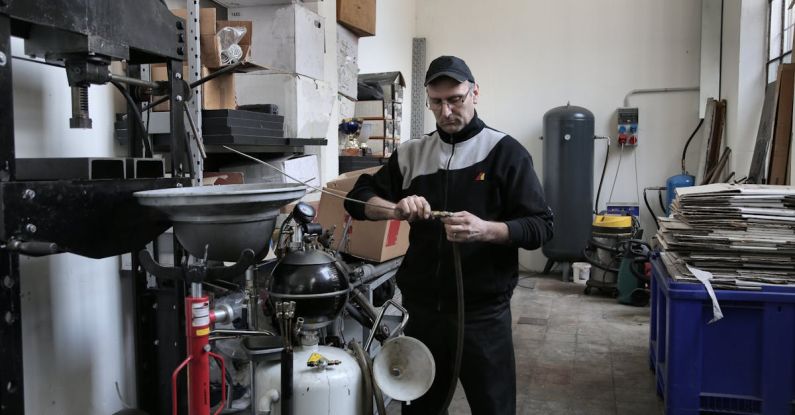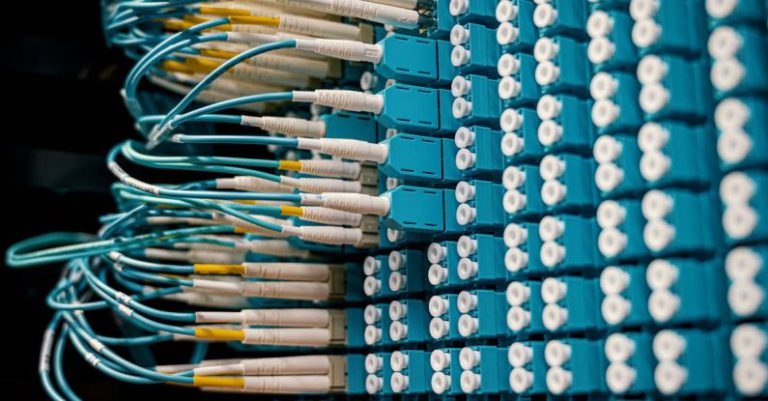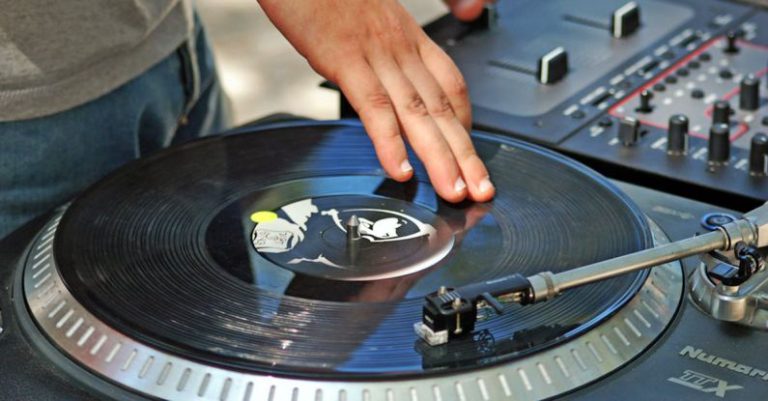The Complete Guide to Bios Troubleshooting
Bios Troubleshooting: A Comprehensive Guide
When your computer fails to boot up properly or shows strange error messages, one of the first places to look is the BIOS (Basic Input/Output System). This essential firmware is responsible for initializing hardware components and ensuring they work together smoothly. If you’re experiencing issues with your BIOS, it’s crucial to troubleshoot and resolve them promptly to get your system back up and running. In this guide, we will explore common BIOS problems and provide solutions to help you troubleshoot effectively.
Identifying Common BIOS Issues
Before diving into troubleshooting, it’s essential to recognize the signs of BIOS problems. Some common symptoms include:
– Failure to boot up: If your computer freezes during the boot process or displays error messages, the BIOS may be the culprit.
– Incorrect date and time: A misconfigured BIOS can lead to your system displaying the wrong date and time.
– Hardware recognition issues: If your computer fails to detect certain hardware components, such as the hard drive or RAM, the BIOS settings may need adjustment.
– Overheating: In some cases, BIOS issues can cause your system to overheat due to incorrect fan settings or thermal management.
Troubleshooting Steps
Now that you’re familiar with the signs of BIOS problems, let’s delve into the troubleshooting steps you can take to resolve them effectively.
Check Hardware Connections
The first step in BIOS troubleshooting is to ensure that all hardware components are properly connected. Check that the cables connecting your hard drive, RAM, and other peripherals are secure. Loose connections can lead to BIOS errors and prevent your system from booting up correctly.
Reset BIOS Settings
If you suspect that your BIOS settings have been misconfigured, you can reset them to their default values. To do this, access the BIOS menu during the boot process (usually by pressing Del, F2, or F10) and look for the option to reset to default settings. This can help resolve issues related to incorrect configurations.
Update BIOS Firmware
Outdated BIOS firmware can cause compatibility issues and lead to system instability. Check your motherboard manufacturer’s website for the latest BIOS updates and follow their instructions to install them. Updating your BIOS can often resolve compatibility issues and improve system performance.
Replace CMOS Battery
The CMOS battery is responsible for maintaining the BIOS settings when your computer is powered off. If the battery is failing, it can lead to BIOS errors and incorrect system configurations. Replace the CMOS battery with a new one to ensure that your BIOS settings are retained properly.
Clear CMOS
If resetting the BIOS settings and replacing the CMOS battery doesn’t resolve the issue, you can try clearing the CMOS memory. This process involves shorting a jumper on the motherboard or removing the CMOS battery for a few minutes. Clearing the CMOS memory can reset the BIOS settings to their default values and resolve persistent issues.
Check for Hardware Failures
If you’ve tried the above steps and are still experiencing BIOS problems, it’s possible that a hardware component is failing. Run diagnostic tests on your hard drive, RAM, and other peripherals to identify any faulty hardware. Replace any malfunctioning components to ensure that your system operates smoothly.
Conclusion: Ensuring Smooth System Operation
Troubleshooting BIOS issues can be a complex process, but by following the steps outlined in this guide, you can effectively diagnose and resolve common problems. By checking hardware connections, resetting BIOS settings, updating firmware, and addressing hardware failures, you can ensure that your system operates smoothly and reliably. Remember to consult your motherboard manufacturer’s documentation for specific troubleshooting steps tailored to your system. With patience and persistence, you can overcome BIOS issues and enjoy a stable computing experience.






